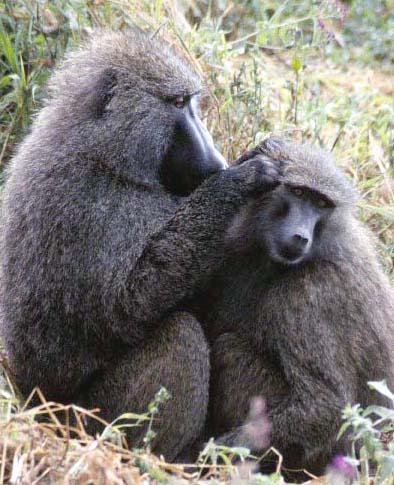The Ngorongoro Crater in Tanzania should be in your bucket list
The most famous part of the Ngorongoro Conservation Area (NCA) in Tanzania, the Ngorongoro Crater, is home to thousands of animals, including the rare black rhino, some 25,000 ungulates and the highest density of mammalian predators in Africa according to the United Nations Environment Programme (UNEP).
The NCA has a long history of various attempts to promote conservation. In 1928 hunting was prohibited, and NCA was included as part of the Serengeti National Park in 1951. It became a World Heritage Site in 1979 but soon after, was listed as a World Heritage Site in danger (1984-1989).
Various conflicts between the needs of the resident Maasai pastoralists and those of the NCA have led to draconian measures such as banning fires, and eviction of the Maasai, but experts have shown that these decisions have harmed the wildlife populations. For instance, fires are thought to be effective means of controlling certain pests such as ticks (Robert D. Fyumagwa, Victor Runyoro, Ivan G. Horak, and Richard Hoare. Ecology and control of ticks as disease vectors in wildlife of the Ngorongoro Crater, Tanzania. South African Journal of Wildlife Research, 37(1):79-90. 2007. http://www.bioone.org/doi/full/10.3957/0379-4369-37.1.79
Fyumagwa et al. found 15 species of ticks infesting various animals at different rates, the highest being the favored host, the African buffalo, with moderate infestation levels in the black rhinos and zebras. However, ticks which are vectors of tick-borne hemoparasites are thought to have caused the deaths of 1500 buffaloes, hundreds of wildebeest, lions, and black rhinos. When controlled burning of tall grass was reintroduced, tick counts dropped significantly. Thus the fires which had been set each dry season by Maasai pastoralists since 1840 actually protected the wildlife from tick-borne diseases. The eviction of the Maasai also led to less vigilance against poachers, thus more rhinos were killed due to poaching.
Visitors to the crater these days will still see an abundance of animals. Here are a few images I shot in the crater when I last visited.
The Ngorongoro Crater is near Oldupai Gorge
Oldupai Gorge (formerly called Olduvai Gorge) is the site of the discovery in 1959 by Louis and Mary Leakey hominin fossils of Zinjanthropus boisei (now called Australopithecus boisei) and Homo habilis (LEAKEY, L.S.B., 1959, A new fossil skull from Olduvai: Nature, v. 184, p. 491–493), drawing the world’s attention to this incredible site. Oldupai Gorge is now a World Heritage Site. Prior to Leakey’s discovery, the remains of hominin fossils in the Oldupai Gorge were first noted in 1911 by Prof. Kattwinkel, a German entomologist, while studying butterflies.
The Ngorongoro Crater is an extinct volcano
Ngorongoro Crater is the world’s largest inactive, intact, and unfilled caldera in the world (Fosbrooke, H., 1972. Ngorongoro: the Eighth Wonder. Andre Deutsch, London). The floor measures 250 km², while the crater rim is up to 2400 meters about sea level (masl).
The Crater is not a microcosm of the Serengeti Plains
The Ngorongoro Crater is different from the Serengeti plains as there are no impalas, topis, oribis, giraffes, or crocodiles inside the Crater (R.D. Estes, J.L. Atwood, A.B. Estes. Downward trends in Ngorongoro Crater ungulate populations 1986–2005: Conservation concerns and the need for ecological research. Biological Conservation 1 3 1 ( 2 0 0 6 ) 1 0 6 –1 2 0).
You may view more information here:






